Key Takeaways
- Termites cause billions in home damage yearly.
- Signs include mud tubes, hollow wood, and frass.
- Reducing moisture and sealing entry points prevent infestations.
- Professional termite treatments include liquid barriers, bait stations, and fumigation.
- Choosing the right treatment depends on termite type, severity, and location.
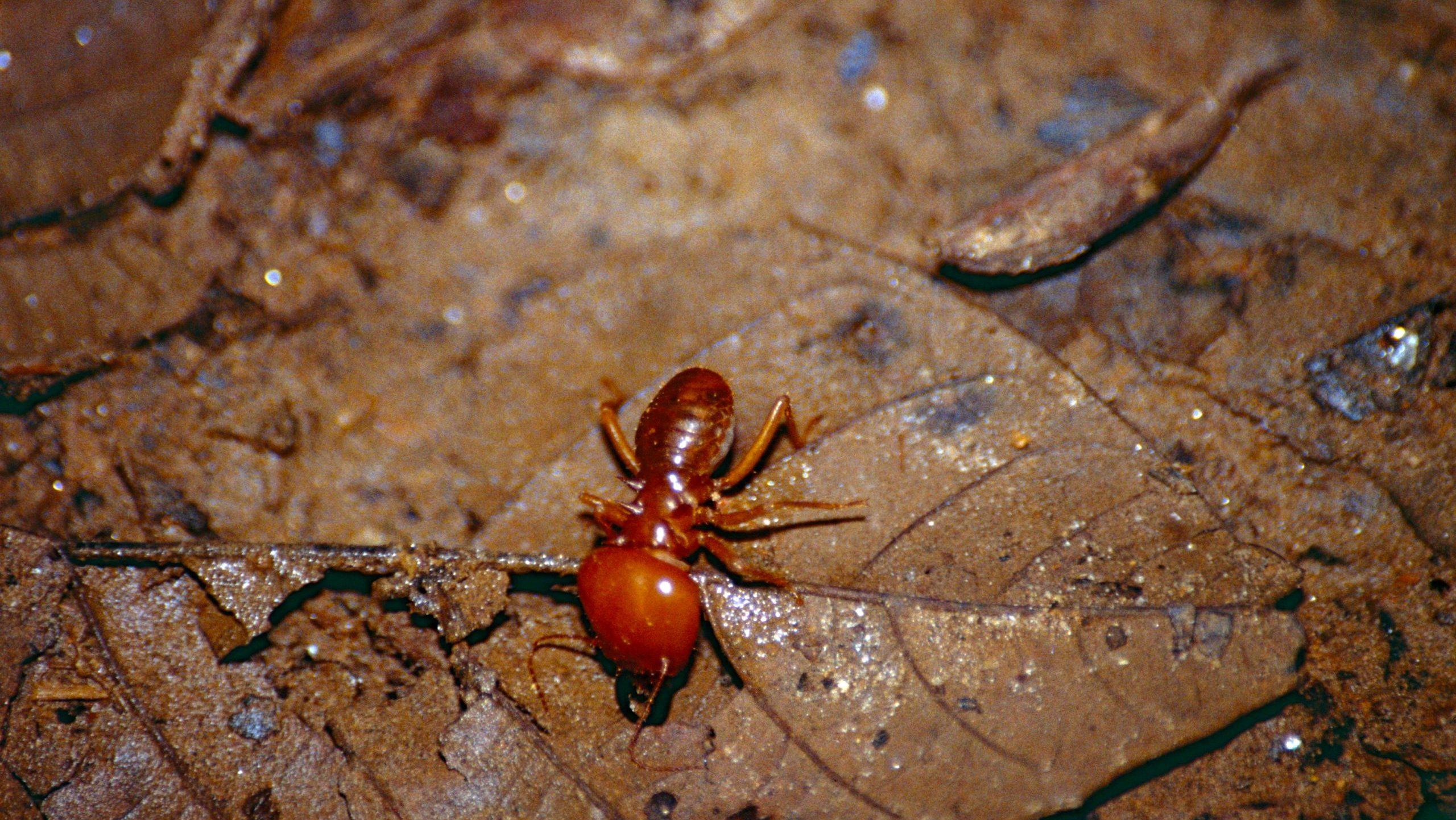 Before diving into control methods, it’s essential to understand why termites invade homes and how to recognize an infestation early.
Before diving into control methods, it’s essential to understand why termites invade homes and how to recognize an infestation early.
Why Do Termites Invade Homes?
Termites primarily seek wood, moisture, and shelter. They feed on cellulose, which is found in wood, paper, cardboard, and even some fabrics. Homes with excessive moisture, poor drainage, or direct wood-to-soil contact are especially vulnerable to infestations.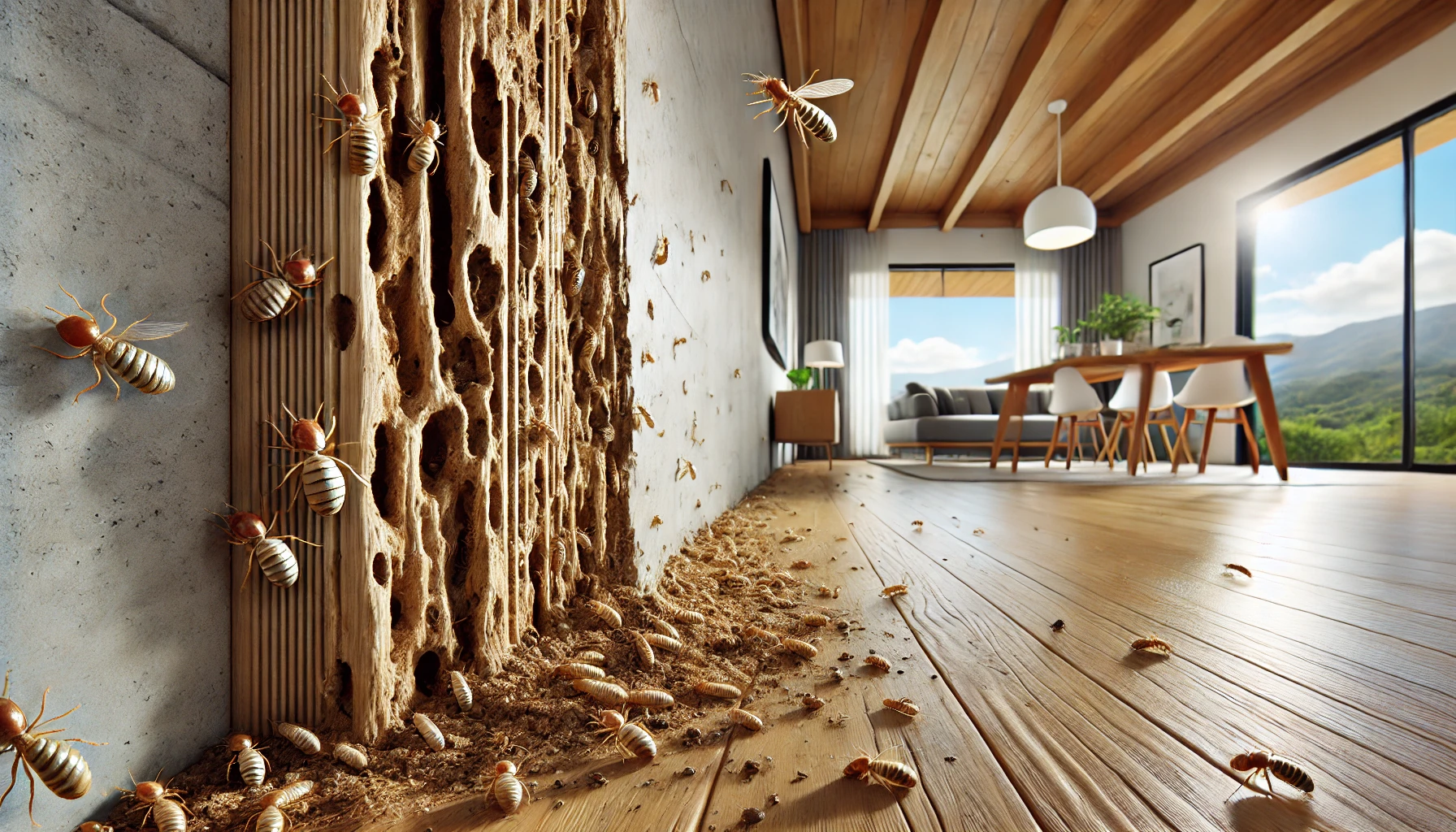

Not getting a solution?
Get your free pest control estimate today!Common Signs of a Termite Infestation
Detecting termites early can save you thousands of dollars in damage. Here are some warning signs to look for:- Mud Tubes: Subterranean termites build pencil-thin mud tubes along walls or foundations to travel between their colony and food source.
- Hollow or Damaged Wood: Termites eat wood from the inside out, leaving a thin outer shell. If you tap on wood and it sounds hollow, termites might be inside.
- Swarming Termites (Alates): In spring, reproductive termites (swarmers) leave their nests to form new colonies. Seeing flying termites or discarded wings near windowsills is a red flag.
- Frass (Termite Droppings): Drywood termites push out tiny pellets that resemble sawdust or coffee grounds.
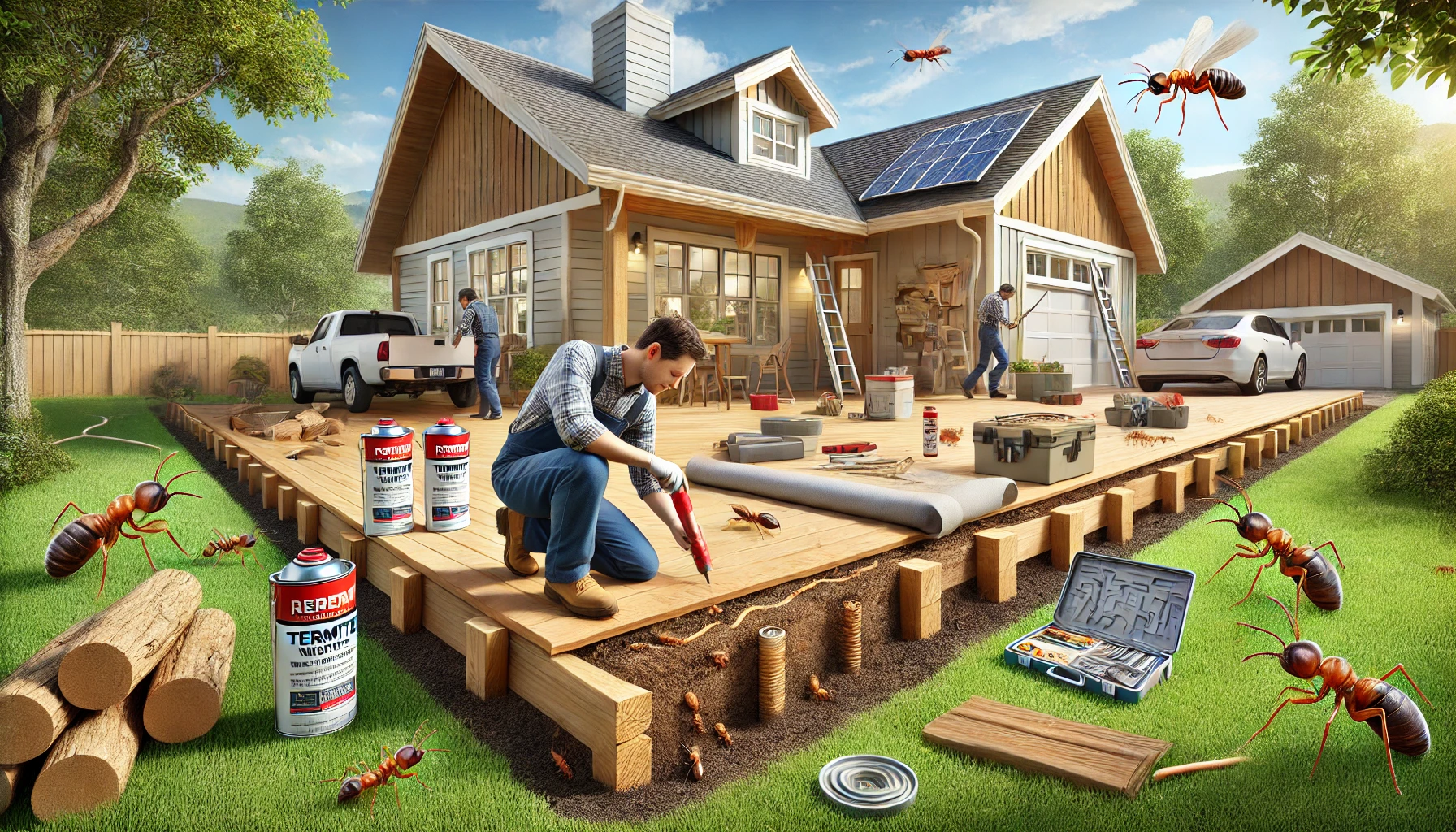
Ways to Prevent Termites
The best way to deal with termites is to prevent an infestation before it starts. Here are some steps homeowners can take to protect their property:1. Reduce Moisture Around Your Home
- Fix leaky pipes and ensure proper drainage.
- Keep gutters clean and direct water away from the house.
- Use dehumidifiers in basements and crawl spaces to lower humidity levels.
2. Eliminate Wood-to-Soil Contact
- Keep firewood, lumber, and cardboard away from your home’s foundation.
- Use concrete or metal supports to elevate wood structures like decks and fences.
- Maintain at least 6 inches of space between soil and wooden siding.
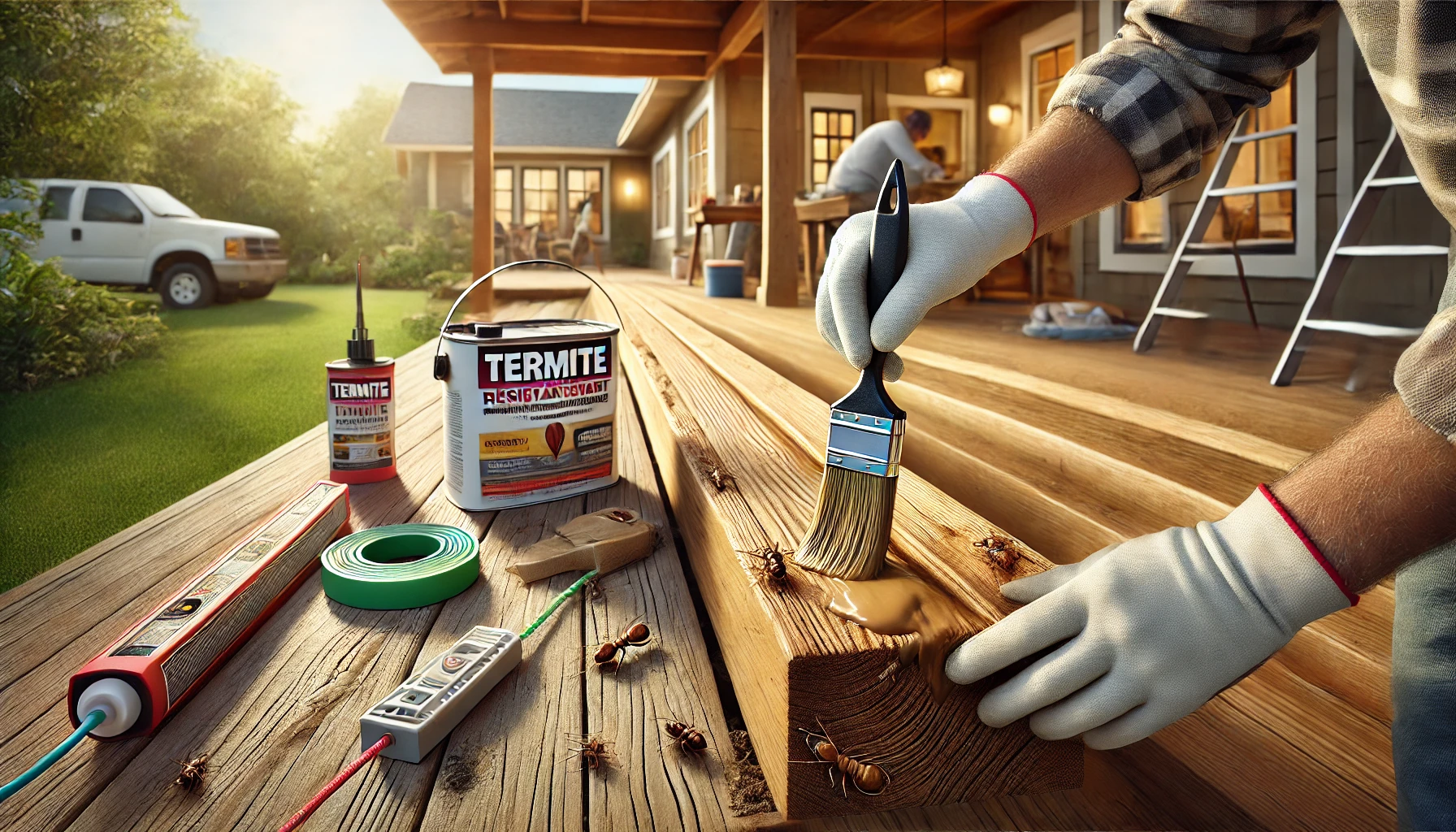
3. Seal Entry Points
- Fill cracks and gaps in your home’s foundation, walls, and around plumbing pipes.
- Install mesh screens on vents to prevent swarmers from entering.
4. Regular Inspections
- Schedule annual termite inspections with a professional pest control company.
- Check for mud tubes and other termite signs in basements, attics, and crawl spaces.
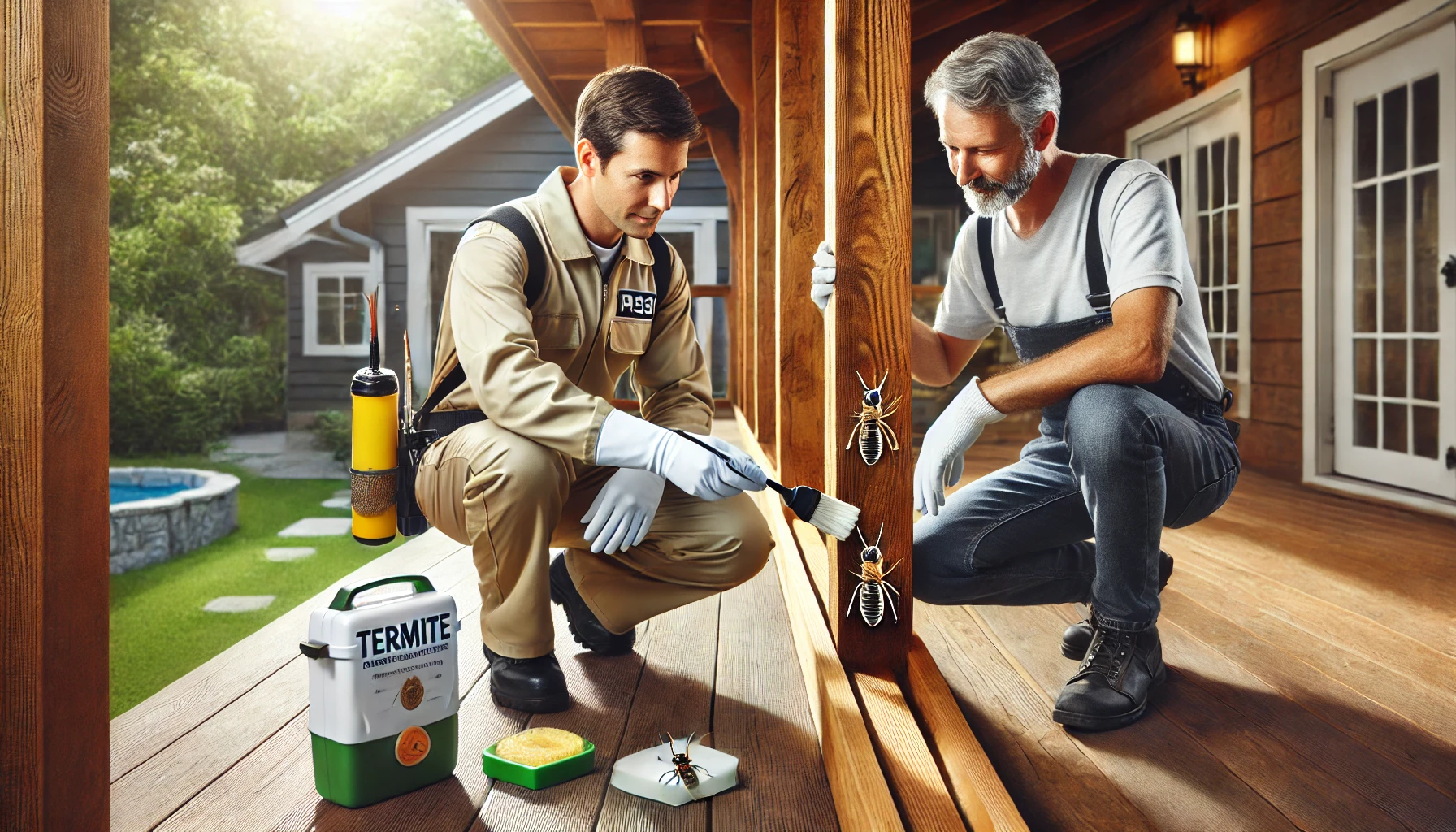
Professional Termite Control Methods
DIY solutions won’t work if termites have already infested your home. Professional termite control services provide effective plans to eliminate termites and prevent future infestations.1. Liquid Termite Treatments (Soil Barriers)
This is one of the most common professional treatments, involving the application of liquid termiticide to the soil around the home’s foundation. It creates a protective barrier that either repels or kills termites that come into contact with it. How it works: A pest control expert digs a trench around the foundation and applies the liquid treatment to the soil. In some cases, small holes are drilled into concrete to reach problem areas. Pros: Long-lasting, highly effective for subterranean termites. Cons: Requires professional application, involves digging around the property.2. Termite Baiting Systems
Bait systems attract termites to poisoned bait stations, which they unknowingly carry back to their colony, gradually eliminating the infestation. How it works: Stations containing slow-acting insecticides are installed in the soil around the home. Termites feed on the bait and spread the poison to their colony. Pros: Less invasive than liquid treatments, environmentally friendly, eliminates entire colonies. Cons: Slower than liquid treatments, requires regular monitoring.3. Fumigation (Tenting)
For severe drywood termite infestations, fumigation involves tenting the entire home and releasing a gas that penetrates wood and eliminates termites. How it works: The home is sealed under a large tent, and fumigants are introduced to kill all termites inside. Homeowners must vacate for a few days. Pros: Extremely effective for widespread infestations, kills termites in hard-to-reach areas. Cons: No residual protection, requires homeowners to leave temporarily, more expensive.4. Wood Treatments (Borates and Spot Treatments)
Borate solutions or termiticides are applied directly to wood to prevent or eliminate termites. How it works: Professionals spray or inject borates into wood, making it toxic to termites. Pros: Long-lasting, effective for both prevention and treatment. Cons: Best used during construction, not ideal for existing infestations in hidden areas.5. Heat Treatment
Heat treatment is a chemical-free alternative used for drywood termites. It raises the temperature inside your home to levels that termites cannot survive. How it works: Special heaters raise the home’s internal temperature to 120-140°F, killing termites inside wood structures. Pros: No chemicals, effective for drywood termites. Cons: Requires professional equipment, doesn’t prevent future infestations.Choosing the Right Termite Treatment
The best termite control method depends on:- The type of termites (subterranean vs. drywood).
- The severity of the infestation (localized vs. widespread).
- The location (soil barriers work best for subterranean termites, while fumigation is better for drywood termites).
- Your budget (some treatments, like fumigation, are more expensive but necessary for large infestations).





